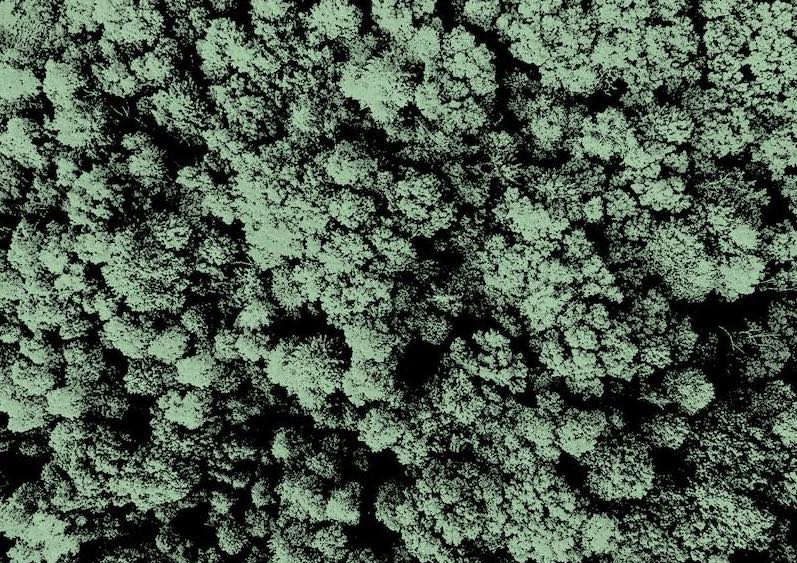What is it about?
Thyromental Height as a Predictor of Difficult Laryngoscopy
Featured Image

Photo by Michał Parzuchowski on Unsplash
Why is it important?
Introduction: Intubation and maintenance of the airway is one of the most important steps in anaesthesia practice and a fundamental responsibility of the anaesthesiologist. Airway assessment is an integral part of pre-anaesthetic evaluation to recognize a potentially difficult airway. A range of bedside screening tests are available to predict a difficult airway but with doubtful accuracy. Hence, identifying a single reliable predictor of difficult intubation is valuable. Hence, the present study aims to evaluate the usefulness of thyromental height test alone as a single predictor of difficult laryngoscopy in our population. Methods: After ethical clearance and taking informed consent, we conducted a randomized prospective observational study on 315 adult patients posted for elective surgical procedures under general anaesthesia with endotracheal intubation. Airway was assessed and Thyromental Height (TMH) was measured on the day before surgery. Intra – operatively laryngoscopy was performed and Cormack- Lehane’sgrading noted. The preoperative assessment data and laryngoscopy findings were used together to evaluate the accuracy of TMHT in predicting difficult laryngoscopy. Results: Mean TMH observed in our study was 52.80 mm. TMHT at cut off of 50 mm had high sensitivity of 82.3% and high negative predictive value of 96.7%, but with low specificity of 63.7% (P value 0.000). When the cut off revised to 48 mm, sensitivity and specificity had best compromise, sensitivity of test decreased to 64.7% and specificity increased to 79.7% (p value 0.002). Conclusion: The present study demonstrates the practicality of TMHT. It confirms the good sensitivity of TMHT for predicting difficult intubation, but validation will require further studies in more diverse patient population.
Perspectives
Introduction: Intubation and maintenance of the airway is one of the most important steps in anaesthesia practice and a fundamental responsibility of the anaesthesiologist. Airway assessment is an integral part of pre-anaesthetic evaluation to recognize a potentially difficult airway. A range of bedside screening tests are available to predict a difficult airway but with doubtful accuracy. Hence, identifying a single reliable predictor of difficult intubation is valuable. Hence, the present study aims to evaluate the usefulness of thyromental height test alone as a single predictor of difficult laryngoscopy in our population. Methods: After ethical clearance and taking informed consent, we conducted a randomized prospective observational study on 315 adult patients posted for elective surgical procedures under general anaesthesia with endotracheal intubation. Airway was assessed and Thyromental Height (TMH) was measured on the day before surgery. Intra – operatively laryngoscopy was performed and Cormack- Lehane’sgrading noted. The preoperative assessment data and laryngoscopy findings were used together to evaluate the accuracy of TMHT in predicting difficult laryngoscopy. Results: Mean TMH observed in our study was 52.80 mm. TMHT at cut off of 50 mm had high sensitivity of 82.3% and high negative predictive value of 96.7%, but with low specificity of 63.7% (P value 0.000). When the cut off revised to 48 mm, sensitivity and specificity had best compromise, sensitivity of test decreased to 64.7% and specificity increased to 79.7% (p value 0.002). Conclusion: The present study demonstrates the practicality of TMHT. It confirms the good sensitivity of TMHT for predicting difficult intubation, but validation will require further studies in more diverse patient population.
Red Flower Publication Publications
Red Flower Publication Pvt Ltd
Read the Original
This page is a summary of: Thyromental Height as a Predictor of Difficult Laryngoscopy, Indian Journal of Anaesthesia and Analgesia, January 2019, Red Flower Publication Private, Ltd.,
DOI: 10.21088/ijaa.2349.8471.6419.13.
You can read the full text:
Contributors
The following have contributed to this page







